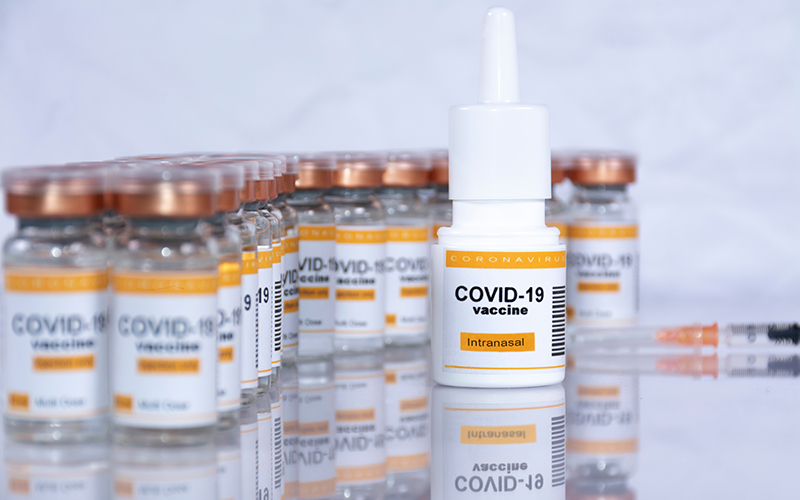A team of researchers affiliated with multiple institutions in the US and UK has found that administering the AstraZeneca COVID-19 vaccine intranasally to infected hamsters and monkeys reduced viral loads in nasal swabs, suggesting reduced shedding.

Currently, the vast majority of vaccines developed and in use are intramuscular, given via shots in the arm, but a study from the University of Alabama noted that vaccines given intranasally would seem to make more sense, since COVID-19 is a disease of the nose, throat and lungs.
Prior research has also shown that vaccines given intranasally confer immunity for a shorter period of time than intramuscular vaccination.
The scientists noted that the best approach might be a combination of a shot in the arm along with a puff of mist up the nose, to confer both short-term and long-term protection.
Image credit | Shutterstock




